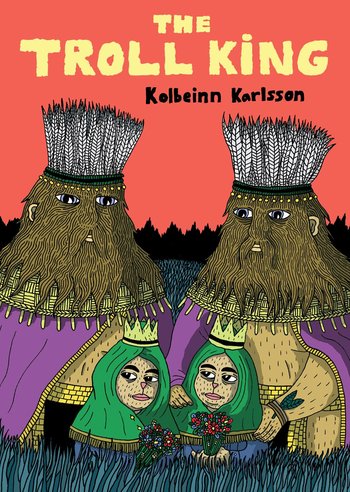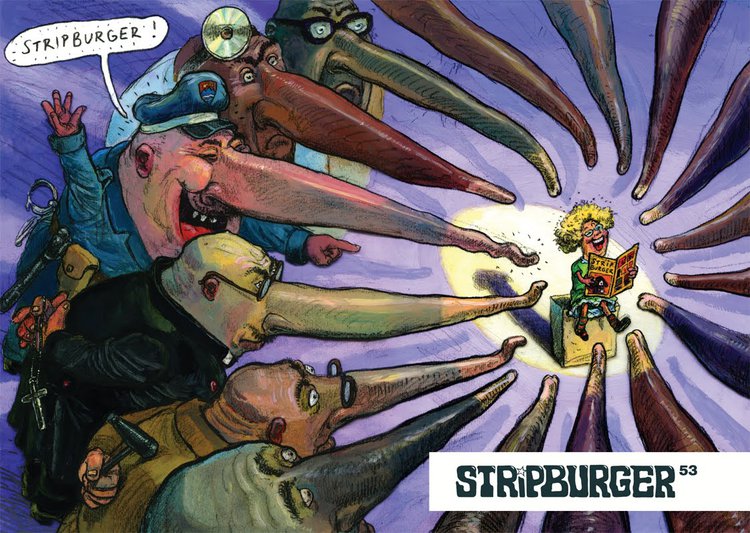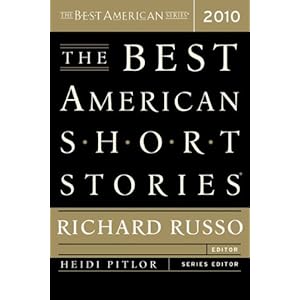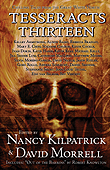
China Miéville
KrakenMacmillan, 2010The beginning of this novel, perhaps, would elicit a sigh of disappointment at someone: another story of the secret police department that investigates cases involving otherworldly phenomena. However, after 60 pages it becomes clear that «Kraken» is much more - large, commensurate with the grandeur with kraken novel, both realistic and postmodern.
Billy Harrow, the protagonist of the novel, works in the Natural History Museum, where in the Darwin Center main exhibit is a giant squid, Kraken. Billy conducts a tour, the group is approaching the room with a huge clam, but entered in the hall, everyone can see that kraken has disappeared. The police interrogate Billy, but he does not know anything about theft, he is in shock. Interrogating Billy policemen are a special department, the FSRC (the Fundamentalist and Sect-Related Crime Unit) and offer him to work for them. Billy is scared and does not want to get involved. Soon our hero is kidnapped by the two most dangerous men in London, Goss and Subby. They lead him to the Tattoo, another criminal who actually is tattoo - a tattoo on the body of a man. Tattoo also wants to know from Billy, where kraken and how Billy was involved in its theft. From torture by Goss and Subby scared curator is saved by Dane Parnell, he worked as a security guard at the museum. Moreover, Parnell is one of krakenists: his church worships kraken. Parnell also needs to know who stole his god. All parties need kraken, but no one knows who took it.
«Kraken» is a very funny novel. Miéville puts one layer of absurdity to another, one mad plot twist to another, one original method on the other, if all taken at face value, you can be sorely disappointed. But if in the overall dark atmosphere and in anticipation of the apocalypse you could make out the irony of the author, you will laugh and laugh page by page. Well, in fact: the giant squid as a god; iPods as a means of protection; people folded in the form of origami to the size of the box; tattoo GG Allin on the body of a century dead; flickering bulbs as a sign of SOS; one of the possible kidnappers of clam is a fan of Star Trek. Almost every chapter has something that makes at least smile, but it should be understood that «Kraken» is not a parody. It's not a parasite on any topic, it is quite original.
Separate topic is the language of the book. The whole book is written in British English, sort of, full of slang and sophisticated swearing. Sometimes it is difficult to break through such language "windfall", but, first of all, it's almost always funny, and secondly, we must understand that almost all the characters in the novel in one degree or another connected with the criminal, and thirdly, Miéville is a great stylist (even difficult to say against this novel, what prevails here, a plot or a style), so after the first hundred pages you get used, and then you will get a huge pleasure, really. Here are a few paragraphs, for example:
«THE TATTOO WAS GOING ON. HIS HIRED GUNS RAGED AND VIOLATED trusts that had held for decades, all the way through everything, hunting for the quarry they had had and lost.
The Chaos Nazis were nothing, of course. Who was afraid of them now, drowned, screaming and up-fucked? The freelancers, the full-timer knuckleheads and others were happy to audition for the newly open position of lead bogeymen, and the UMA pickets were unwilling bit parts in these violent run-throughs and résumé-building attacks. Wati was gone from the room above Camden, back, gone, back, shoring up, fixing and failing.
“Tattoo’s gone fucking batshit,” Collingswood said. “What is he doing? Has anyone spoken to him?”
“Won’t talk,” said Baron. He puffed out his cheeks and exhaled. “We can’t bloody find him.”
“He doesn’t need our permission,” Vardy said. The three sat like a support group for the morose.
“Come on,” said Baron. “I don’t employ you two for your looks. Talk this out.”
“We’ve got the Tattoo declaring war,” Vardy said. “Sending Goss and Subby in here. Dealing with our prisoners.”»
Sometimes the novel is sluggish. It's a pretty densely populated, and it sometimes hurts the book: Miéville describes, extremely charmingly and even plausibly, various layers of London from Londonmancers to radio-in-his-body man, but behind the abundance of episodic character the author loses London itself, which was conceived was very important. As a result, a sense of impending doom is there, but that's in place of the city is white spot.
That «Kraken» is also metafiction indicates at least a presence in the book an important component in the form of ink, and in the final letters will play their role.
If someone says that this novel is not as good as the previous Miéville’s novels, I'm puzzled: what's better? Delightful reading, without any doubts.































